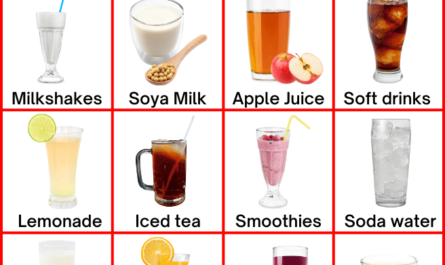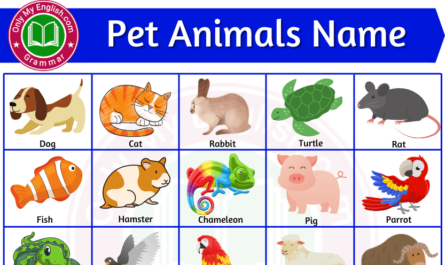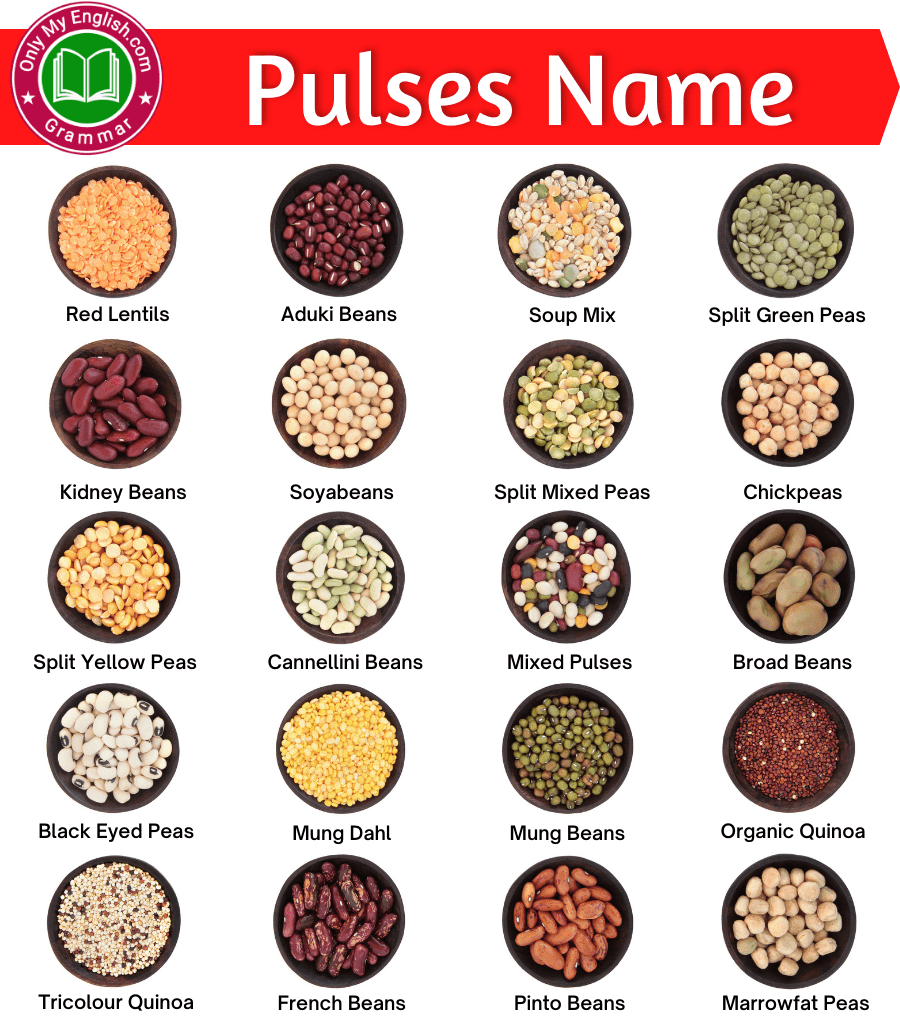Are you looking for internal body organs parts name with picture in English? See Here, In this post, we will cover the internal parts and organs of the human body with a list of internal body parts names and their detailed information that helps you understand better.
Internal Body Parts
The Human body is made up of various essential secrets and special organs to make a human body. Although, there are many internal body parts in a human body mainly responsible for performing functions and also doing some work.
The human body performs several working systems for which some of the organs of the body function together and coordinate each other. Out of all organs and body parts of a body, there are five major or vital parts of the body as heart, brain, liver, kidneys, and lungs, respectively.
A human body is made up of an uncountable number (more than a trillion) of cells that together form tissues and then organs for fundamental life. If any organ or body part fails or stops functioning normally only for certain seconds, it results in instant death, sometimes without any medical treatment.
That’s why the doctors have suggested that we all take proper care of our body and organs to perform a function well and continuously.
List of Internal Body Parts Name
- Brain
- Bone Marrow
- Heart
- Pancreas
- Kidneys
- Liver
- Lungs
- Ovaries
- Thymus Gland
- Thyroid
- Tongue
- Diaphragm
- Bronchi
- Pituitary Gland
- Gallbladder
- Parathyroid Glands
- Penis
- Ligaments
- Lymph Nodes
- Lymphatic vessel
- Mouth
- Nerves
- Vagina
- Esophagus
- Stomach
- Appendix
- Arteries
- Bladder
- Bones
- Mammary Glands
- Mesentery
- Nasal Cavity
- Uterus
- Tonsils
- Trachea
- Teeth
- Testes
- Rectum
- Salivary Glands
- Scrotum
- Skeletal Muscles
- Eardrum
- Fallopian Tubes
- Hair follicle
- Larynx
- Pharynx
- Pineal Gland
- Placenta
- Intestine
- Spinal Cord
- Spleen
- Veins
- Anus
- Capillaries
- Cerebellum
- Adrenal Glands
- Cervix
- Clitoris
- Hypothalamus
- Joints
Details of Internal body parts of Human body
- Brain
The Human brain is the main part of the human body. It is also called the CPU of the body. It is the most complicated part, which is protected by a skull and with the cerebrospinal fluid. The brain and the spinal cord are called the central nervous system responsible for command, interpretation, and controlling body movements with symmetry.
- Heart
The human heart is of size as a human fist. It is also one of the most vital organs in the human body. Its function is to beat and pump the blood to blood vessels through pulmonary vessels throughout the lifespan of a human being until death. The normal heartbeat is around 72 times per minute and is situated in the middle (slightly left behind the breastbone) of the thoracic cavity between the lungs.
- Pancreas
The pancreas is also a vital part of the human body. It is a part of the body’s digestive system that is responsible for regulating and controlling blood sugar levels. Also, it produces essential hormones such as glucagon, insulin, pancreatic polypeptide and secretes some of the digestive enzymes, respectively.
- Kidneys
The kidneys are two in quantity in the human body and are the significant organs of the body’s excretory system. It looks like a bean shape located on either side of the backbone. Its function is to filter the excess water from the body and remove the toxins from the blood. The waste released from the kidneys is stored in the gallbladder and then released out from the body.
- Liver
The liver is the largest internal organ of the human body, and it weighs around 1.2 to 1.5 kg. Its appearance is like a fleshy part which is located in the upper right portion of the human body
- Lungs
The pair of lungs in a human body is like an air sac used to exchange the air from the respiratory organs, and it also plays an important role in the respiratory system. It is situated in between the thoracic cavity of the chest.
- Gallbladder
The Gallbladder is a small pouch located below the liver, and its function is to store the bile, which is also called gall, that is produced by the liver needed for the digestion of the fats from the food.
- Esophagus
The esophagus is a muscular tube or pipe that carries food globules from the mouth to the stomach.
- Stomach
The stomach is a storehouse of the food in the body, and it looks like a J-shaped organ that digests food from the body. It produces some of the digestive juices used to digest the food by breaking down the food particles and making it easy to pass food particles into the small intestine.
- Bones
Bones provide an external and supportive structure to the body. An adult human body has 206 bones. There are a lot of bones present in every part of the human body to make it strong, like arms, legs, ribs to provide a framework. It is made of many connective tissues reinforced with calcium and special bone cells.
- Salivary Glands
The salivary glands are situated in the mouth and secrete the saliva and keep the mouth fluids and is also an important fluid for digesting the food particles to make bolus easily and also protects the teeth.
- Intestine
The Intestine is also called the alimentary canal of the body in the human body’s digestive system. It has two types according to their sizes, small intestine, and large intestine, and is situated in the middle of the abdominal cavity.
- Spinal Cord
The spinal cord is a long, bundled nerve and cell that connects with the human brain and makes a nervous system, and is used to transmit the command to the various body parts sent from the brain cells.
- Capillaries
The human body is full of small blood capillaries that are spread and reach every human body’s cell and tissue. It is composed of tunica intima, a thin wall of squamous endothelial cells. It is responsible for blood flow reaching every part of the body.
- Joints
The human body is not a single rigid structure. It is an assembly of a number of bones connected by the joints to move the limbs and perform functions. It is an articulation between the bones and the body parts, which is covered with the connecting tissues and fluids which is placed to avoid the friction of the bones and work smoothly.
Read Also:
- Girls Dress Name
- Geometry Box Tools Name
- Pulses Name
- Makeup Products Name List
- Household Equipment
- Types of Houses





